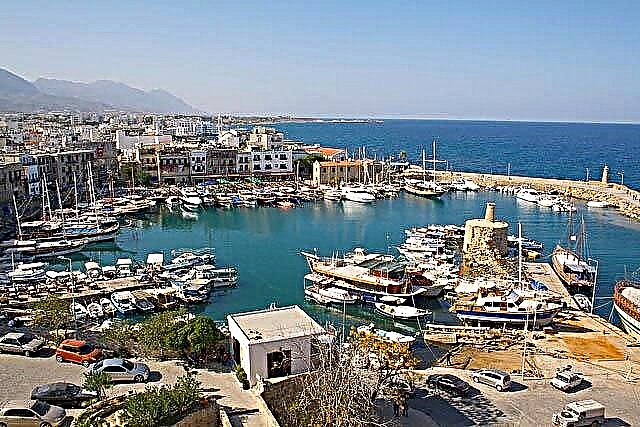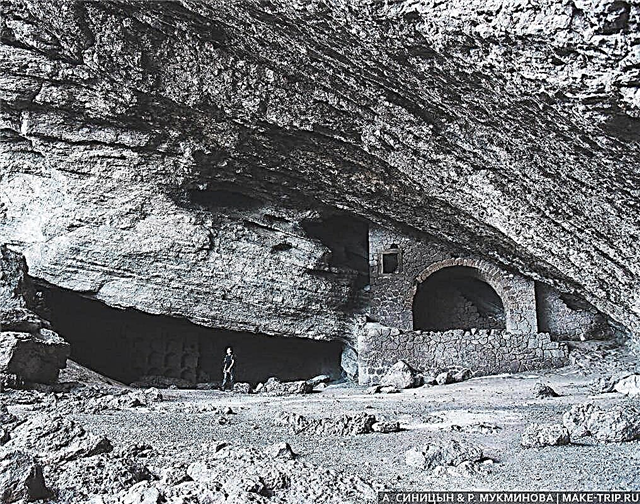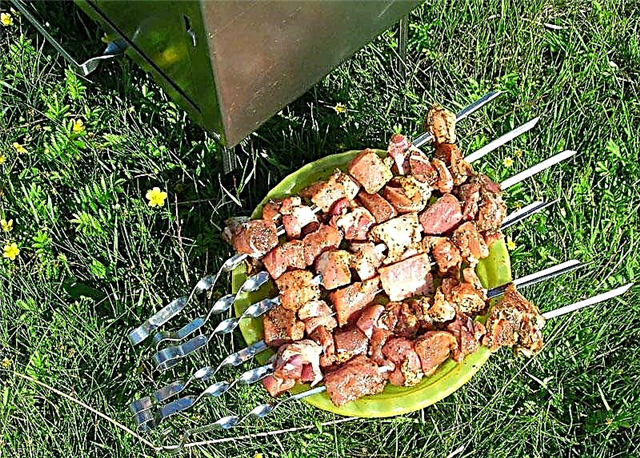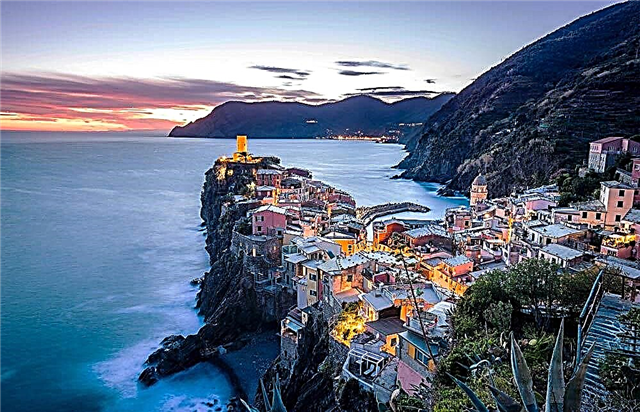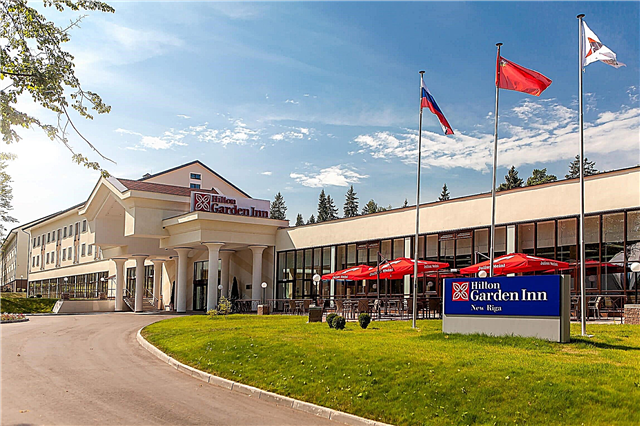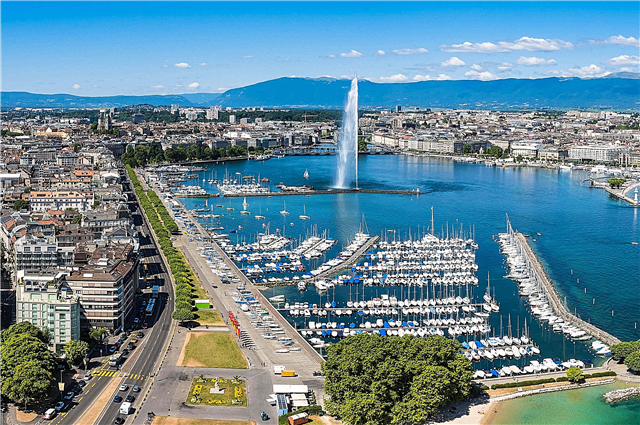Switzerland is a compact country. Many people mistakenly consider it or Geneva as the capital, although in fact this role is assigned to Bern. Lausanne, where the IOC headquarters is located, plays an important role in world sports.
In the cities of Switzerland, local dialects of German and French are spoken. Some localities are bilingual, like Bill / Bienne, so it has a double name. And in Friborg, the division is at the expense of the river: the west coast speaks French, and the east coast speaks German. Buildings in cities are mostly dense; architectural landmarks of past centuries have been preserved. Nature is treated with care here, and mountains and lakes are used to attract tourists.
The largest cities in Switzerland
List of the largest cities in terms of population in the country.
Zurich
The largest city in the country in terms of population. Its appearance is typical for the old settlements of Europe: well-groomed narrow streets, spacious squares, green spaces, architecture of the past centuries, side by side with innovations. The city center is called Bahnhofstrasse. From there you should walk to the Parade Square or Paradeplatz. And from Lindenhof you can see the residential areas. Monuments associated with the history of Switzerland are ubiquitous.
Population - 415,215 people (2018).

Geneva
Some people mistakenly call the largest city in Switzerland the capital. Geneva borders on France and occupies part of the coast of the lake of the same name. Sightseeing: Jet d'Eau fountain, cathedral, Reformation monument, flower clock, city hall, Rousseau island. Among the museums are the Tavel House collection, the Patek Philippe Clock Museum and the Center for Photography.
Population - 201,741 people (2018).

Basel
Border town adjacent to Germany and France. Pharmaceuticals and chemical industry are the backbone of the economy. Switzerland's largest carnival is held here. The city has become the cultural center of the country thanks to its museums: art, architectural, historical, contemporary art and a dozen others. At the stadium St. Jakob Park hosts football rivals Basel.
Population - 177 636 people (2019).

Lausanne
It is based on Lake Geneva and is the capital of the canton of Vaud. Most of the excursions start from the train station. Tourists stroll along the waterfront, and also pass by the Olympic Museum, the castle that became a hotel, the Ryumin Palace square and the cathedral. The Lausanne Marathon is held every autumn. More than 10 theaters give performances on a regular basis. The city is the headquarters of the IOC.
Population - 139,056 people (2018).

Berne
The capital of Switzerland is located in the center of the country. The Aara Valley is a picturesque place. The central part of Bern is located on a "peninsula" formed by the waters of the river. The bridges offer an overview of different areas. The entire Old Town of Bern, including the covered passages, is a UNESCO World Heritage Site. Other attractions: Zytglogge Clock Tower, Einstein House, Bear Pit, Parliament Palace.
Population - 133 791 people (2018).

Winterthur
In the past, it was a large industrial city. However, now it is buried in greenery: parks and squares occupy a little less than half of the area of Winterthur. Zurich is nearby, and from there the Swiss come to their neighbors for the weekend to relax. Bankers and businessmen have invested in local museums for decades, so their collections are vast. There are 16 of them in the city, including art, "Technorama", a photography museum.
Population - 111 840 people (2018).

Lucerne
The alpine peaks surrounding the city are reflected in Lake Lucerne. The ancient architecture and well-groomed streets make Lucerne look like a gingerbread house. Especially fans of the unusual will love the bridges, including the Chapelbrücke. Picturesque museums are also open: Glacier and Transport. Hikes in the mountains and cruises on the lake are organized. A romantic atmosphere is created on the embankment in the evening.
Population - 81 673 people (2018).

St. Gallen
The capital of the canton of the same name and the whole of Eastern Switzerland. The city has two UNESCO World Heritage Sites: the Monastery of St. Gallus and the Abbey Library. Also noteworthy is the pedestrian square called "City Lounge". It is lined with a special red coating. St. Gallen is famous for its textile industry. There is a museum on this topic here.
Population - 75 806 people (2018).

Lugano
Lakeside town, which is called "Rio de Janeiro of the Old World". On the coast, there are recreation areas with opportunities to go in for sports, swim and sunbathe. Mountain routes have also been mastered: hiking, horseback riding, mountain biking. The Kursal entertainment center will appeal to fans of clubs and casinos. The boutiques offer visitors global brands at affordable prices.
Population - 63,178 people (2018).

Biel (Bien)
The double name, used in official sources, is explained by the fact that Biel / Bienne is the largest bilingual city in the country. Nearby are not only the Jura Mountains, but also three lakes: Neuchatel, Biel and Murten. Cruises on them are carried out in the summer, as well as hiking trips in the valley. In terms of architecture, the city loses to its neighbors: all more or less significant buildings are concentrated on three streets in the center.
Population - 55 120 people (2018).

Thun
One of the best preserved medieval towns in Switzerland. Nearby - the lake of the same name and mountains, which makes the panorama of Thun bewitching. After the Second World War, the district became something of an emergency collection center. Many military and civilian objects are hidden around, including the largest hospital in the country. It is kept up and running in case of emergency, but not in use.
Population - 43 723 people (2018).

Könitz
Most often, Könitz is viewed as a municipality as a whole, and not as a separate settlement. The inhabitants are mostly ethnic Swedes, but the share of migrants has increased significantly in the last decade. The city has several buildings recognized as cultural heritage sites: the eponymous castle, farm houses, Villa Morillon and an old church with outbuildings.
Population - 41,772 people (2018).

Friborg
The capital of the eponymous canton is a 30-minute drive from Bern. The translation of the name is "free city". The inhabitants of the western, more populated, coast speak French, and the eastern one speaks German. The medieval part of Friborg has been preserved. The Cathedral of St. Nicholas, several centuries-old bridges, houses built on rocky shores are the main architectural beauties.
Population - 38 358 people (2018).

La Chaux-de-Fonds
Completely rebuilt after a fire in 1794. Long and wide parallel boulevards formed the basis of the new city layout. La Chaux-de-Fonds is one of the centers of the country's watch industry. This is confirmed by the large exposition of the International Museum of Watchmaking. The combination of industrial economy, modern architecture and local nature has led to the city being included in the UNESCO World Cultural Heritage List.
Population - 37 942 people (2018).

Schaffhausen
The capital of the canton of the same name. The nearby Rhine Falls attracts tourists. Schaffhausen consists of small quarters, its streets are cozy and well-groomed. The painting of the facades of the houses is unique. The old town is completely pedestrianized. The Freizeitpark is a great place to relax after a long walk. And the bell of the Muneau fortress rings every day at 9 pm - this is a signal for the closure of inns.
Population - 36 582 people (2018).

Chur
The oldest inhabited city in Switzerland. Objects of medieval culture are still preserved in the central part of the Kura.At the same time, most of the buildings were built after the 16th century, since the city was almost completely destroyed by fire. It is famous for its unusual museums. Wine is displayed in one of them, sewing machines in the other. Tourist routes, such as the Ice Express, diverge from here.
Population - 35,373 people (2018).

Uster
Founded in close proximity to the Greifensee lake. Uster was awarded a special prize for maintaining his identity. Many picturesque buildings, such as churches and schools, have remained on the streets from the past centuries. They are harmoniously integrated into the look of a modern city. The restaurants offer mainly European cuisine. Almost half of the area is allocated for agriculture.
Population - 34 715 people (2018).

Sion
Stands on the banks of the Rhone River. The modern city developed from a large Celtic settlement and gained weight already in the 5th century. Football fans should come here and cheer for the club of the same name. The area has a rich tourism potential: three times Sion claimed the right to host the Olympic Games. Nearby is the Crans-Montana ski resort. The length of its tracks exceeds 160 km.
Population - 34 704 people (2018).

Neuchâtel
The name in German is Neuenburg. Located on the shore of the lake of the same name. The national dish is one of the varieties of fondue. In recent years, there has been a development of wine and tobacco companies. Good watches and jewelry can be bought in Neuchâtel. There are interesting museums, including "Latenium" - archaeological and "the MAN" - ethnographic. In 2000, the Playwright Friedrich Dürrenmatt Center was opened.
Population - 33 475 people (2018).

Zug
It is located 23 km from Zurich between the Zug Mountain and the Zug Lake. Holidays in this region are all year round: in summer you can go hiking and swimming, in winter you can ski in the mountains. Cherries are a real national product. They travel from here to different parts of Switzerland and decorate the best desserts in the country. The center of Zug - the Old Town - is filled with architectural beauties, from medieval buildings to the Clock Tower.
Population - 30 535 people (2018).

Yverdon-les-Bains
The country's only thermal lake resort. The natural sandy beach occupies part of the coast of Lake Neuchâtel. The water level has dropped, so the local castle now stands not on the shore itself, but a kilometer from it. Water slides, a large swimming pool, a hippodrome, a sports complex have been built. Tourists rarely leave Yverdon-les-Bains without a music box: their production is a national tradition in the city.
Population - 30 144 people (2018).

Dubendorf
Belongs to the canton of Zurich. Its main square can be reached by train or bus in 10 minutes. Dubendorf is famous for its emergency center and jet base. There is a cultural center and a military aviation museum. The city is small in area, here people move mainly on foot. During the walk, you can see the architectural beauty and visit the historical sites.
Population - 28 667 people (2018).

Kriens
Part of the canton of Lucerne lies at the foot of Mount Pilatus. The most convenient way to get to the top is by cable car. Breathtaking views are provided both during the journey and after arriving at the final destination of the route. Most of the residents of Kriens are engaged in the service sector, so it is comfortable to relax in the city: there is where to stay, and restaurants and cafes will give odds to similar establishments in large cities.
Population - 27 441 people (2018).

Rapperswil-Jona
It is part of the canton of St. Gallen. Rapperswil-Jona - two settlements in one, called the "city of roses". The main natural attraction is the Upper Zurich Lake. Several excursion hiking routes are laid along its coast. An old fortress with towers stands on the hill. From here, a picturesque view of the Glarne Alps opens up. There are few cars in the area, the area is suitable for a measured rest.
Population - 26 995 people (2018).

Montreux
The name among the inhabitants is "Swiss Riviera". The location in the French-speaking canton of Vaud says a lot about the town: it differs from most of the tourist cities in the country. There are many hotels, clubs, closed schools here. The climate is also unique: it was formed due to the influence of the Alpine air and Lake Geneva. The main event is the annual mid-summer jazz festival.
Population - 25 980 people (2018).



